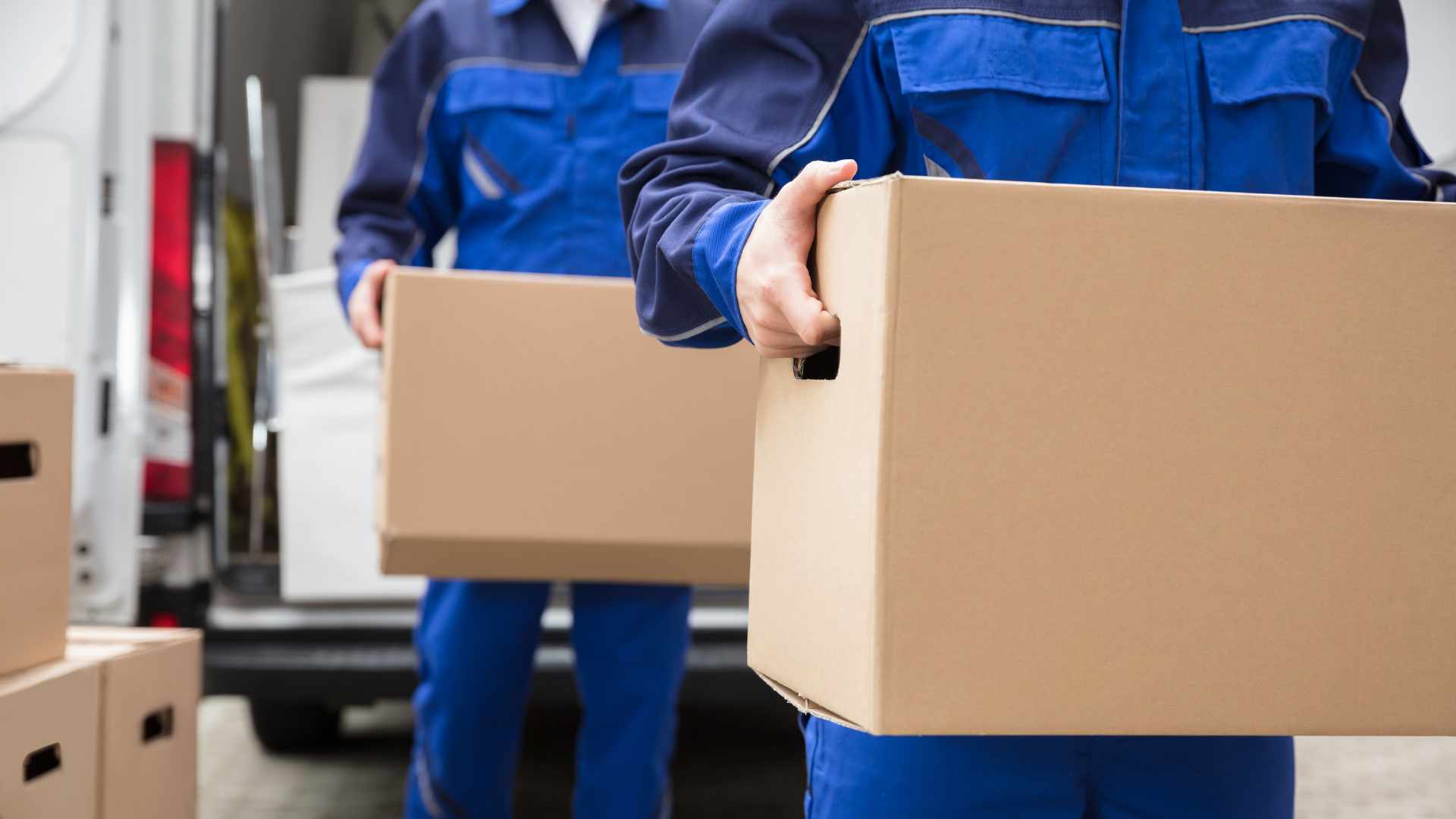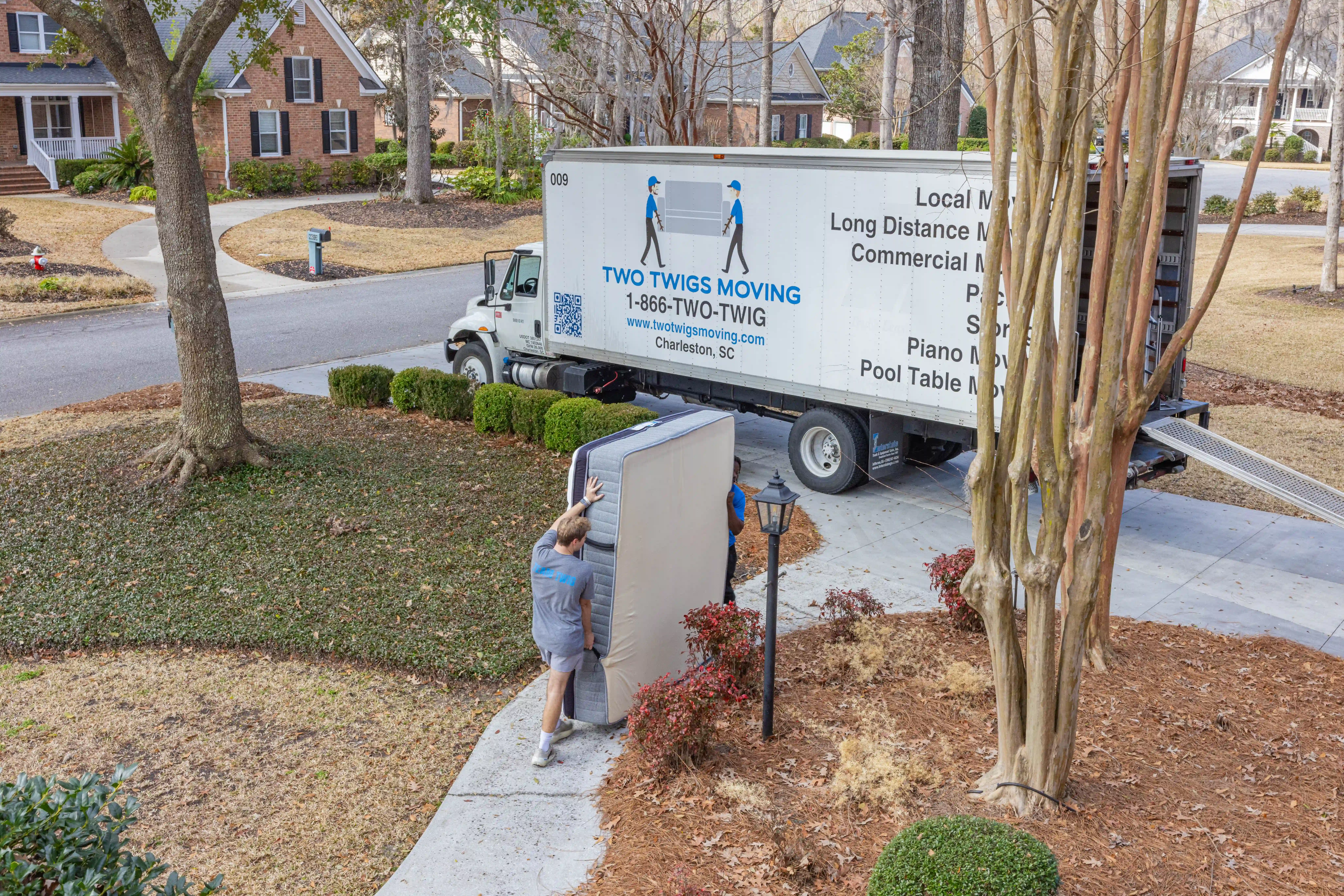While you’re eager to start a new chapter in your life, there’s a checklist of tasks you need to complete to ensure you get your security deposit back. That deposit, typically equivalent to one month’s rent, is a significant sum of money, and getting it back in full is in your best interest. Here’s a comprehensive guide on what you need to do to increase your chances of a full security deposit refund.
1. Review Your Lease Agreement: The first step is to thoroughly read your lease agreement. Your lease likely outlines the conditions under which your deposit will be returned. Pay attention to any specific requirements or expectations.
2. Give Proper Notice: Follow the notice period outlined in your lease agreement when informing your landlord of your intent to move out. Typically, this is 30 days or more. Providing proper notice helps ensure a smooth transition.
3. Schedule a Move-Out Inspection: Coordinate with your landlord or property manager to conduct a move-out inspection. This is an opportunity to walk through the property together, identify any issues that need attention, and agree on any necessary repairs.
4. Repair Damages: Before moving out, address any damages or wear and tear. Patch up holes in the walls, replace broken fixtures, and clean thoroughly. Pay extra attention to high-traffic areas and appliances. Make sure the property is in the same condition as when you moved in.
5. Clean Thoroughly: A deep clean is a must. This includes cleaning all appliances, floors, walls, windows, and fixtures. Don’t forget to clean less obvious areas like vents and baseboards. Consider hiring a professional cleaning service if needed.
6. Remove Personal Belongings: Ensure you’ve removed all your personal belongings from the property. Check every room, closet, and storage area to avoid leaving anything behind.
7. Return Keys: Hand over all keys, garage door openers, and access cards to the landlord or property manager. This includes any duplicates you may have made during your tenancy.
8. Settle Outstanding Bills: Pay any outstanding utility bills, rent, or fees. Ensure all financial obligations to the landlord are settled.
9. Provide Forwarding Address: Give your landlord your new address for any correspondence or the return of your security deposit. Make sure it’s a reliable address where you can receive mail and checks.
10. Document Move-Out Condition: Document the condition of the property after you’ve moved out. Take photos and videos of every room, highlighting any damages or issues that existed before your tenancy. This documentation can be valuable if there are disputes.
11. Follow Up: After moving out, follow up with your landlord to ensure they received your forwarding address and to inquire about the timeline for returning your security deposit.
12. Be Patient: Security deposit returns typically have a specific timeline mandated by your local laws. Be patient and allow your landlord the necessary time to process the return. If there are no disputes or deductions, you should receive your deposit within the legal timeframe.
13. Know Your Rights: Familiarize yourself with your rights as a tenant in your specific jurisdiction. Landlord-tenant laws vary, and understanding your rights can be essential if there are any disputes over your security deposit.
By following these steps and maintaining open communication with your landlord, you can increase your chances of getting your security deposit back in full. It’s your hard-earned money, and you have every right to ensure its return.


.svg)


